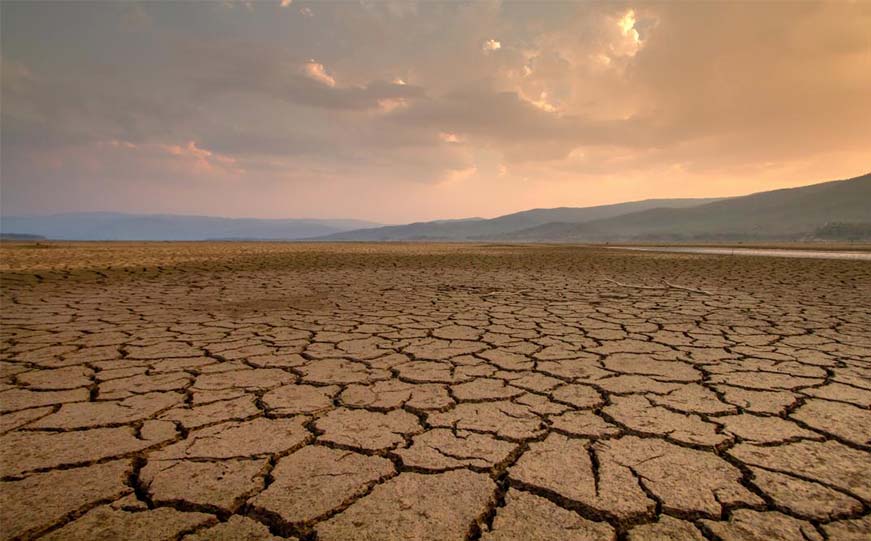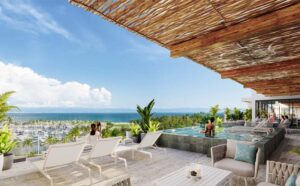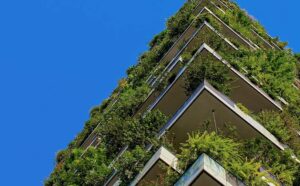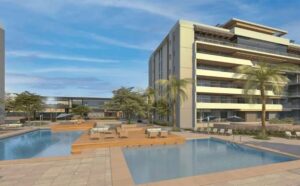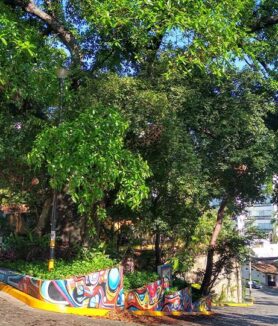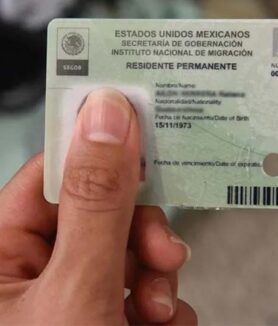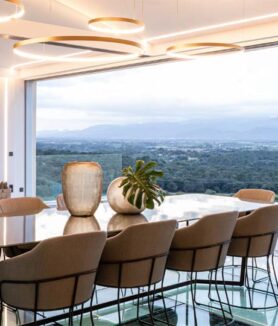Can you imagine living in paradise without water? That is the harsh reality that Puerto Vallarta and Bahía de Banderas could face if urgent measures are not taken to face the shortage of the vital liquid. The region is at risk of water stress, a situation that already affects other cities in the country such as Mexico City, where supply has been reduced by half in recent years.
The causes are varied: climate change, population growth, overexploitation of aquifers, deforestation, deficiencies in infrastructure and inefficient water management.
What is happening with the water in Puerto Vallarta and Bahía de Banderas?
On the other hand, in the region, it now rains less. In June 2023 there was a decrease in rainfall in our region: 60% less compared to the average for that month from 1991 to 2020. Less water falls and it is hotter. This shortage has disastrous consequences on health, economy, food and countless areas.
Puerto Vallarta and Banderas Bay face lack, low pressure or intermittent flow of liquid. According to Alfonso Baños, architect and Master in Sustainable Development and Tourism from the University of Guadalajara, and Doctor in City, Territory and Sustainability, also from the UdeG, “there is a sustained decrease in the collection of water in rivers and surface tributaries, as well as in aquifers. “This is motivated by global situations, such as climate change, and regional and local situations, such as water extraction, modification of channels, impacts due to the extraction of materials, massive urbanization and little innovation in care.”
In the south of Nayarit there is an aggravating factor: the dispersion of its residents makes a regular and efficient supply of liquid difficult. In Bahía de Banderas alone it is estimated that 46% of the homes do not have regular supply.
Puerto Vallarta is watered to the north by the Ameca and Mascota, the Pitillal, the Vena de Santa María and the Cuale rivers, while to the south by the streams of Las Amapas, Las Estacas, the Carrizo, the Mismaloya, but on the composition of its soils, the permeability of the mountain range is low. On the other hand, in the coastal plains the infiltration and recharge of aquifers is favorable thanks to the alluvial sediments and conglomerates that compose them. The city is supplied mainly by the exploitation of groundwater: about 75% corresponds to aquifers. The rest is obtained from rivers and surface tributaries.
Although, last year the saltwater pata population suffered high temperatures and, as a result, deficiencies in the water supply: low pressure and even lack of liquid, in a hundred colonies. The delay in the arrival of the rains caused the levels of the groundwater tables to drop considerably; To make matters worse, in October Hurricane Lidia caused interruptions in the electrical service, in addition to damaging the distribution network, affecting the supply of drinking water.
What is SEAPAL doing?
SEAPAL, the public agency in charge of water and sewage, is working to reduce the effects of the anticipated drought by 2024. After a chaotic 2023 in terms of supply, it has carried out work to rechannel the Ameca and Mascota rivers, in addition to rehabilitating deep wells , replace pumping equipment in order to double the supply. In anticipation of contingencies, the authorities have delivered water tanks to store the liquid and when necessary they resort to sending pipes to those who need them.
What is unforgivable is the economic and political profit from this serious problem. Not to go far, there is the sad case of the municipal government of Luis Michel in Puerto Vallarta, which shows something shady by having contracted water pipes from a ghost company, which received close to $5 million pesos, whose supposed owner no one knows. and whose fiscal address is a simple residential house. It should be noted that the family of entrepreneur Profe Michel owns a drinking water pipe business and that the mayor, now on leave, used to publish photos donating water tanks to neighbors who lacked a supply of the liquid.
In the opinion of Dr. Baños – a consultant on urban planning and regeneration issues – both SEAPAL and OROMAPAS (for Bahía de Banderas) have trained personnel, but the management in both institutions is far from being the most efficient: “The administrations are made up of three years and this makes medium-term planning difficult, something essential due to the amounts of investment required.”
Desalination as a solution?
From time to time, the possibility of desalinating seawater is put on the table as a solution to the shortage of drinking water. For now the benefits are debatable since these plants consume high volumes of energy. “They seem to be a costly solution economically and environmentally,” says Baños.
According to official data, in Mexico about 78% of the liquid is destined for agricultural purposes, so consumption by industries and homes is marginal. In Bahía de Banderas – says Dr. Baños – much of it is used in agriculture, although there is an irrigation district that takes water from the Ameca River. The rest is required for the tourism sector and the housing of half a million inhabitants in the region.
Experts in these matters call on the authorities to reuse the treated water (for irrigation of green areas) and also urge that rainwater be used for domestic or commercial use, since months of water shortage are anticipated in this area, in accordance with forecasts of the Scientific Committee of Civil Protection of the Bay. And, things are going well for us, until June-July it will start to rain in the area
Water scarcity and real estate development
Droughts, population growth and obsolete infrastructure combined to reach this unfortunate scenario, which authorities try to minimize. But there are the figures: between 1996 and 2021 the daily supply of water per inhabitant has been reduced by almost half. It went from 570 liters to 308 liters per day per inhabitant. It is imperative to start acting.
When observing the rampant construction of condominiums in areas such as Versalles, in Puerto Vallarta, or towns such as Bucerías or La Cruz, in Nayarit, many voices have expressed concern: How can they build homes, in addition to luxury, with the same existing urban infrastructure? There is not enough water and we see frequent leaks in the streets of, for example, Versailles, they point out. There are many who ask to avoid repeating the problems of areas such as Emiliano Zapata (Romantic Zone), which had excessive growth in recent years and suffers from failures in distribution and drainage infrastructure.
It is not only a government issue, but also the responsibility of developers who build modern and luxurious apartment buildings but who do not take into account the costs and shortcomings that the community will have to assume in the very medium term.
What can you do?
- Use water responsibly.
- Report leaks or damage to the water network.
- Require public policy authorities for efficient water management.
- Participate in initiatives for water conservation.
The future of Puerto Vallarta and Bahía de Banderas is at stake. It is time to join forces to guarantee access to water for present and future generations.
Water is a treasure, let's take care of it.


